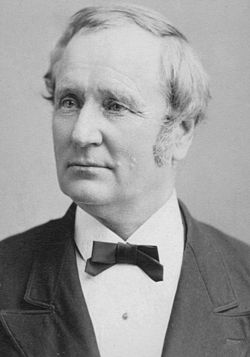
The vice president of the United States is the second-highest officer in the executive branch of the United States federal government after the president of the United States. [1] The vice president also serves as the president of the Senate and may choose to cast a tie-breaking vote on decisions made by the Senate. Vice presidents have exercised this latter power to varying extents over the years. [2] Two vice presidents—George Clinton and John C. Calhoun—served under more than one president.
Contents
There have been 50 U.S. vice presidents since the office was created in 1789. The incumbent vice president is JD Vance, who assumed office as the 50th vice president on January 20, 2025. [3] [4] Originally, the vice president was the person who received the second-most votes for president in the Electoral College. But after the election of 1800 produced a tie between Thomas Jefferson and Aaron Burr, requiring the House of Representatives to choose between them, lawmakers acted to prevent such a situation from recurring. The Twelfth Amendment was added to the Constitution in 1804, creating the current system where electors cast a separate ballot for the vice presidency. [5] [2]
The vice president is the first person in the presidential line of succession—that is, they assume the presidency if the president dies, resigns, or is impeached and removed from office. [6] Nine vice presidents have ascended to the presidency in this way. [a] Also, six vice presidents have gone on to be elected as president in their own right. [b]
Before adoption of the Twenty-fifth Amendment in 1967, an intra-term vacancy in the office of the vice president could not be filled until the next post-election inauguration. Sixteen of these vacancies occurred: seven vice presidents died, one resigned and eight succeeded to the presidency. This amendment allowed for a vacancy to be filled through appointment by the president and confirmation by both chambers of Congress. Since its ratification, the vice presidency has been vacant twice (both in the context of scandals surrounding the Nixon administration) and was filled both times through this process. [2] The amendment also established a procedure whereby a vice president may, if the president is unable to discharge the powers and duties of the office, temporarily assume the powers and duties of the office as acting president. [7] Three vice presidents have briefly acted as president under the 25th Amendment: George H. W. Bush on July 13, 1985; Dick Cheney on June 29, 2002, and on July 21, 2007; and Kamala Harris on November 19, 2021.

















































